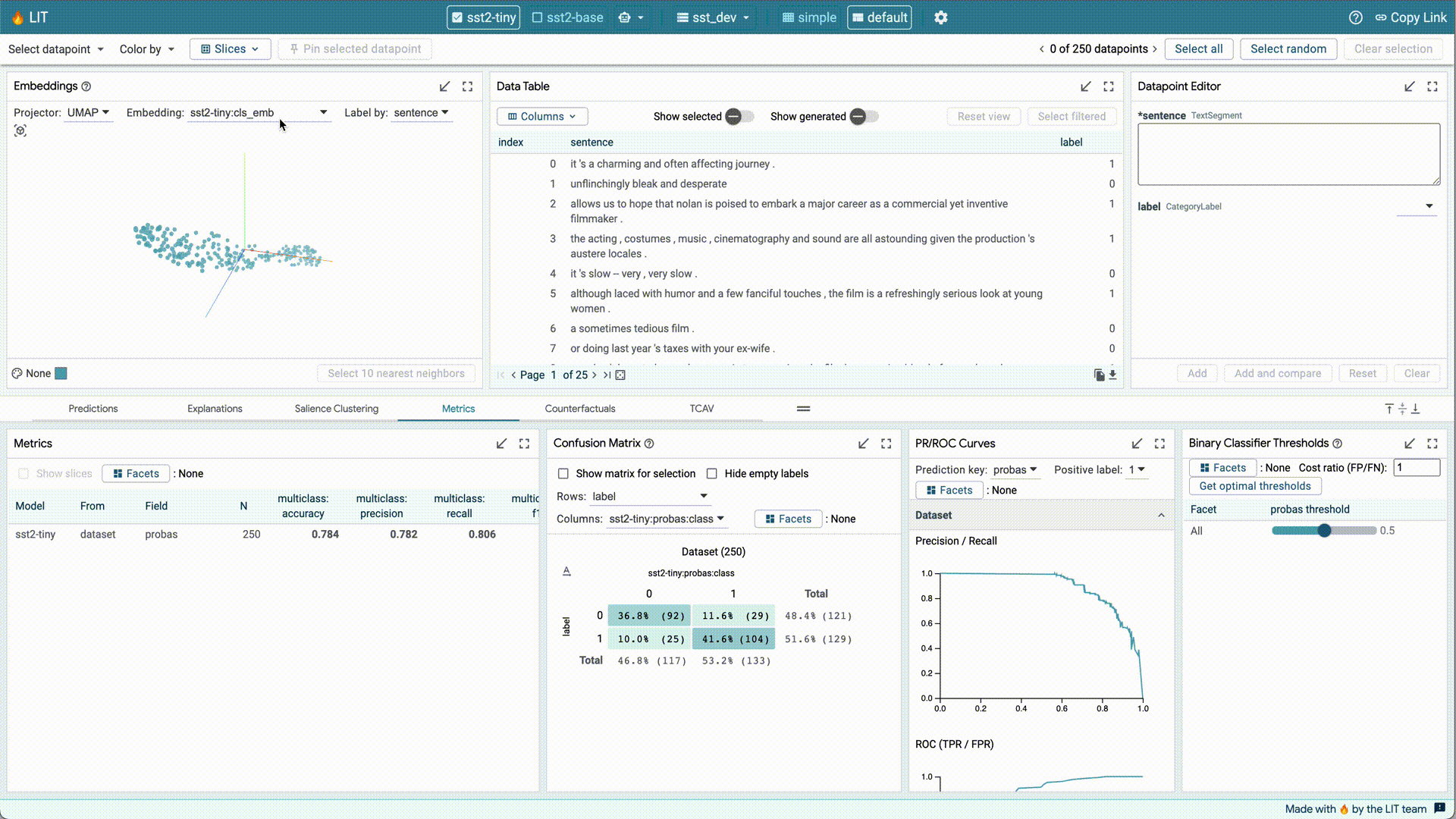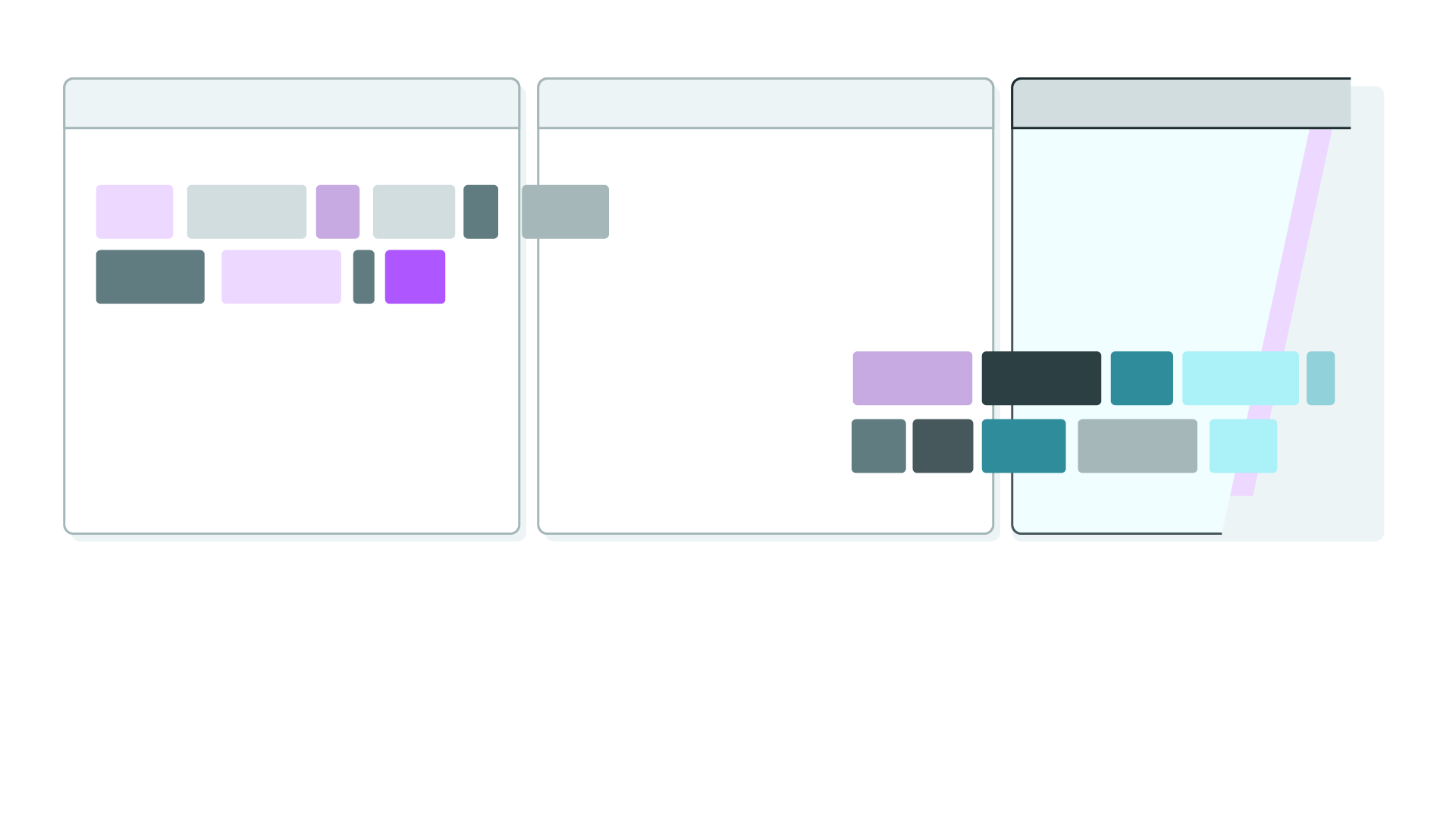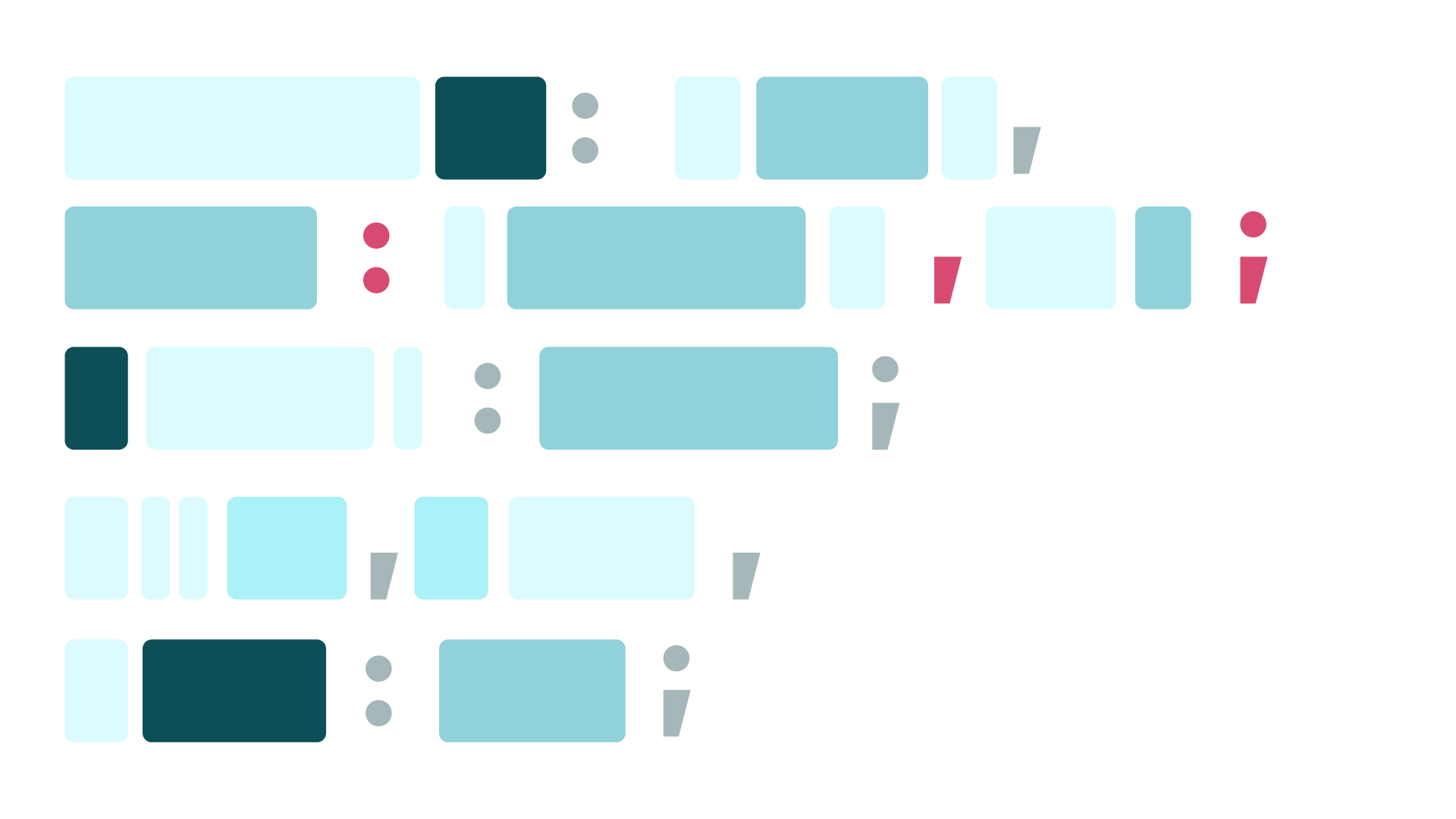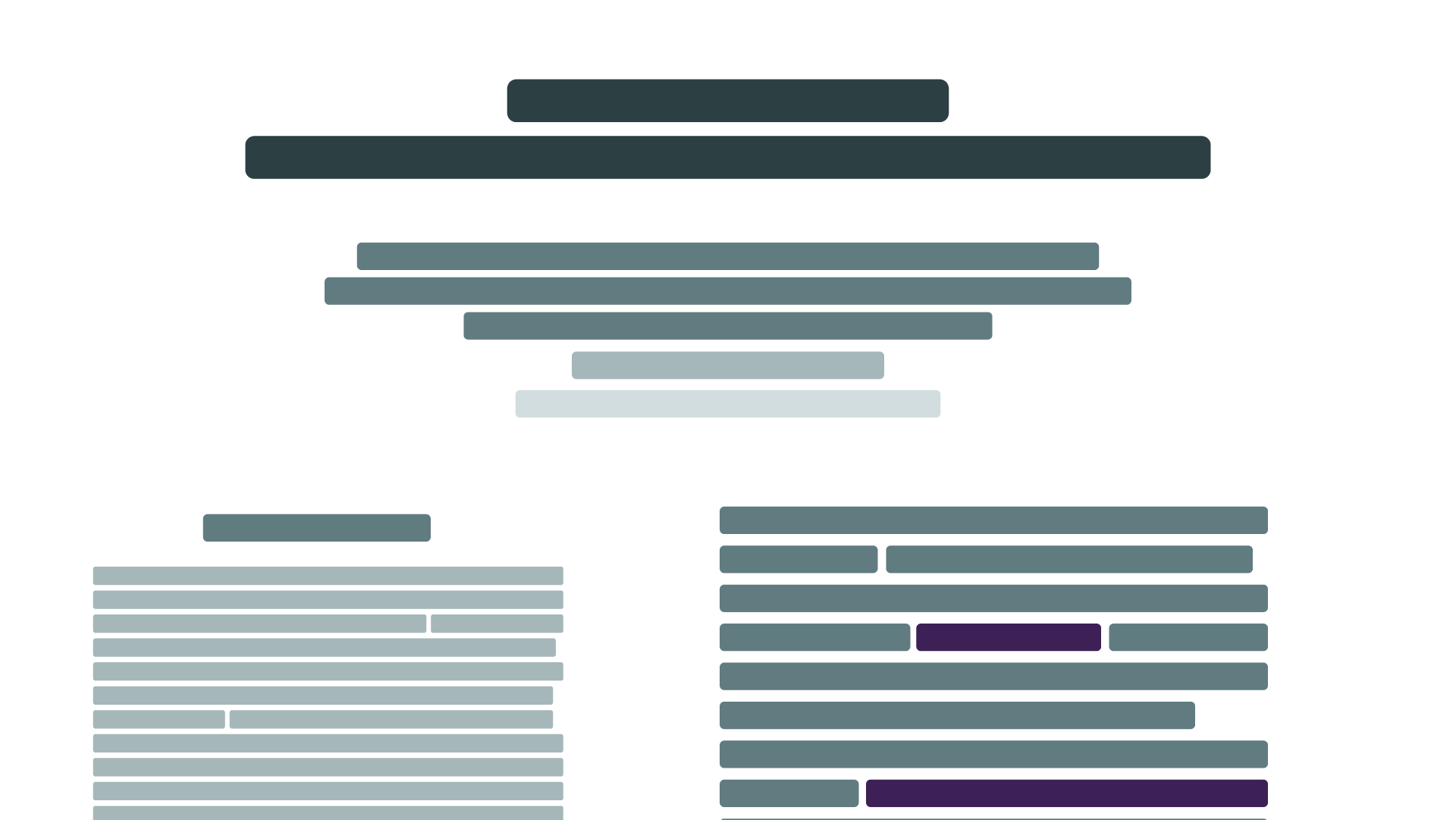
The Learning Interpretability Tool (🔥LIT) is for researchers and practitioners looking to understand NLP model behavior through a visual, interactive, and extensible tool.
Use LIT to ask and answer questions like:
- What kind of examples does my model perform poorly on?
- Why did my model make this prediction? Can it attribute it to adversarial behavior, or undesirable priors from the training set?
- Does my model behave consistently if I change things like textual style, verb tense, or pronoun gender?
LIT contains many built-in capabilities but is also customizable, with the ability to add custom interpretability techniques, metrics calculations, counterfactual generators, visualizations, and more.
In addition to language, LIT also includes preliminary support for models operating on tabular and image data. For a similar tool built to explore general-purpose machine learning models, check out the What-If Tool.
LIT can be run as a standalone server, or inside of python notebook environments such as Colab, Jupyter, and Google Cloud Vertex AI Notebooks.
Built-in capabilities
Salience maps
Metrics calculations
Counterfactual generation
Model and datapoint comparison
Embedding visualization
TCAV
And more...
Supported task types
Classification
Regression
Text generation / seq2seq
Masked language models
Span labeling
Multi-headed models
Image and tabular data
And more...
Framework agnostic
TensorFlow 1.x
TensorFlow 2.x
PyTorch
Notebook compatibility
Custom inference code
Remote Procedure Calls
And more...
What's the latest

Version 1.2

Documentation





